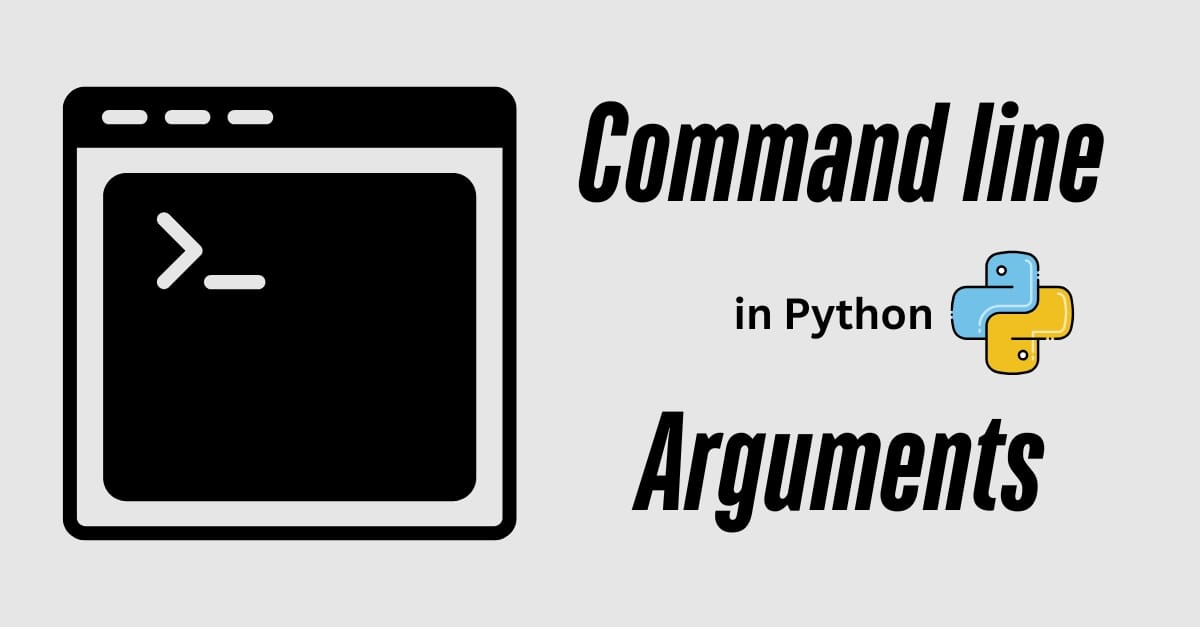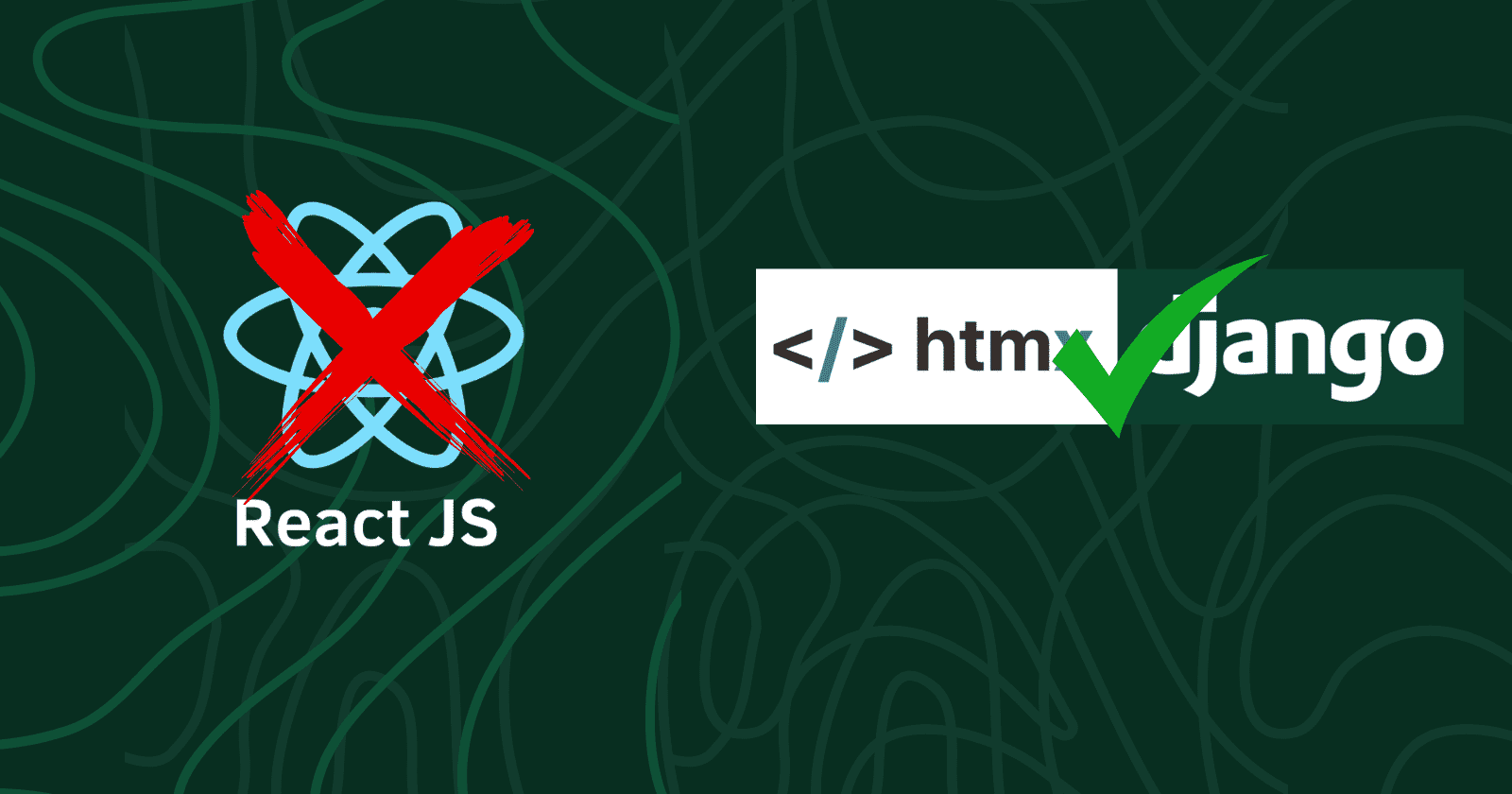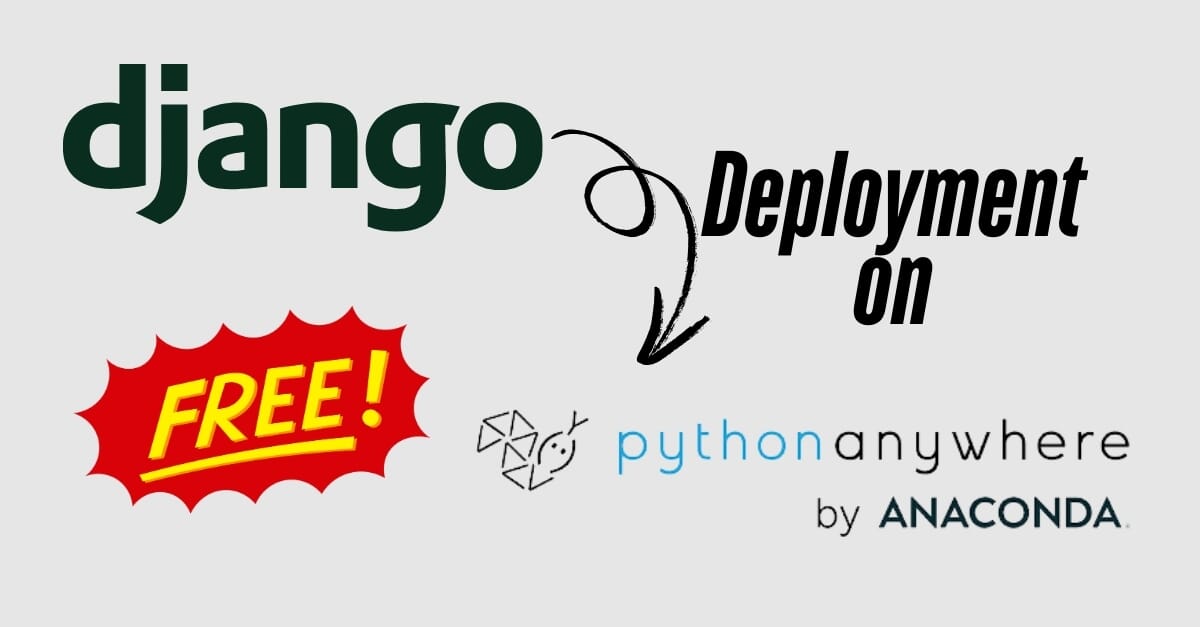Introduction
Python has become one of the most popular programming languages, especially for web development. Two of the most widely used Python frameworks for building web applications are Flask and Django. While both frameworks are powerful, they cater to different needs and development styles. This article explores the key differences between Flask and Django to help you decide which one is better suited for your next project.
What is Flask?
Flask is a lightweight, micro-framework designed for flexibility and simplicity. It provides the essential tools needed to build a web application without imposing strict rules or dependencies. Flask is often referred to as a "micro-framework" because it keeps the core simple and extensible. Developers can add only the components they need, making Flask an excellent choice for small to medium-sized projects or when you need full control over the application's architecture.
- Release Year: 2010
- Key Features: Minimalistic, modular, easy to learn, and flexible.
- Use Cases: Prototyping, APIs, and small-scale web applications.
What is Django?
Django, on the other hand, is a full-stack web framework that comes with a "batteries-included" philosophy. It provides everything you need to build complex web applications, from an ORM to an admin interface. Django emphasizes convention over configuration, which means developers can focus on writing application-specific code rather than worrying about the underlying infrastructure.
- Release Year: 2005
- Key Features: Built-in ORM, admin panel, authentication system, and scalability.
- Use Cases: Enterprise applications, content management systems, and large-scale web projects.
Key Differences Between Flask and Django
| Aspect | Flask | Django |
|---|---|---|
| Framework Type | Micro-framework | Full-stack framework |
| Flexibility | Highly flexible | Less flexible but feature-rich |
| Learning Curve | Easy for beginners | Steeper learning curve |
| Community Support | Smaller but active | Larger and well-established |
| Use Cases | APIs, small apps | Large-scale applications |
Advantages of Flask
- Simplicity: Flask's minimalistic design makes it easier to learn and use.
- Flexibility: Developers have complete control over the application architecture.
- Lightweight: With fewer built-in features, Flask is lightweight and fast.
- Great for APIs: Flask's simplicity makes it a popular choice for building RESTful APIs.
Advantages of Django
- Batteries Included: Django comes with built-in tools like an ORM, admin panel, and authentication system.
- Scalability: Django's robust architecture is ideal for large-scale applications.
- Security: Django provides built-in protection against common vulnerabilities like SQL injection and XSS.
- Community Support: Django has a large and active community, offering extensive documentation and resources.
When to Use Flask?
Flask is a great choice if:
- You are building a small to medium-sized application.
- You want complete control over the application's architecture.
- You are developing APIs or microservices.
- You need a lightweight and fast framework.
When to Use Django?
Django is the better option if:
- You are working on a large-scale or enterprise-level application.
- You need built-in features like an admin panel and authentication system.
- You prefer convention over configuration.
- You want to ensure security and scalability from the start.
Conclusion
Choosing between Flask and Django depends on your project requirements and personal preferences. Flask is ideal for developers who value flexibility and simplicity, while Django is better suited for those who need a comprehensive solution for large-scale applications. Both frameworks have their strengths and are backed by active communities, ensuring that you have the resources you need to succeed.
Looking to dive deeper into Django? Check out our comprehensive tutorials at django-tutorial.dev and take your Django skills to the next level!







No comments yet. Be the first to comment!